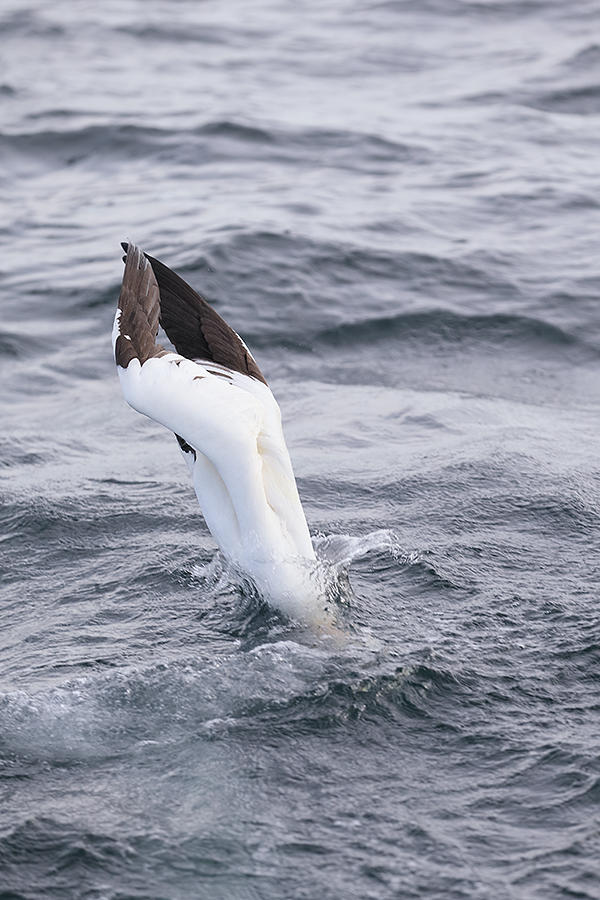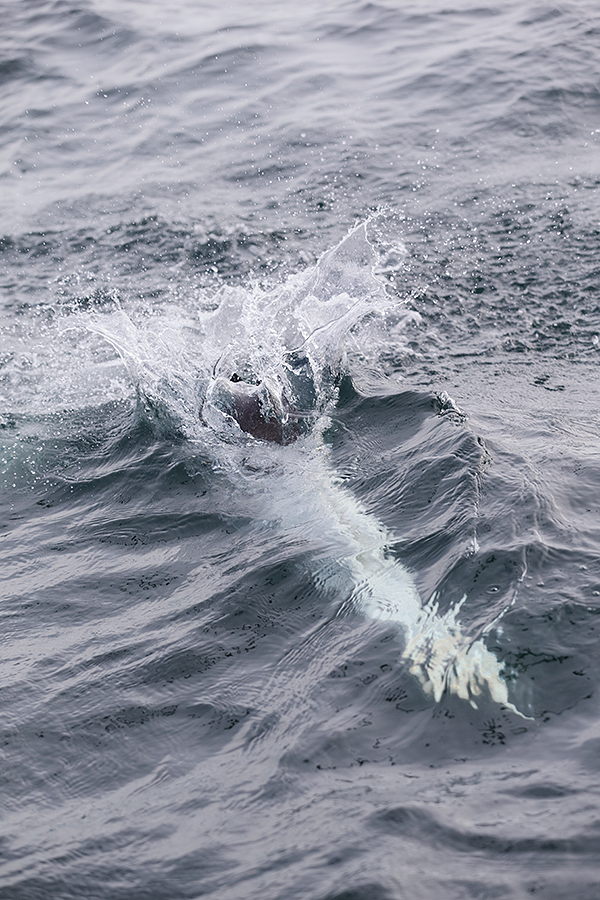The Streak Continues: 226
It is just before 5:30am here in Amherst, MA as I publish this blog post. Denise and I are getting ready to head back to my Mom’s via the Port Jefferson ferry for lunch and laundry and then continue on to our Nickerson Beach hotel. My reprise of “What Makes a Great Natural History Image?” was again very well received. And the boys and girls loved Denise’s Bloomin” Ideas program. This post, which took me about 2 hours to prepare, marks 226 consecutive days with a new educational blog post. With so many folks getting in the habit of using our B&H links and our Amazon logo-links, why quit now? April, May, June, and July have been fantastic as lots of folks are getting the message; using my affiliate links does not cost you a penny and helps support my efforts here. To show your appreciation, I do ask that you use our B&H and Amazon affiliate links on the right side of the blog for all of your purchases. Please check the availability of all photographic accessories in the BIRDS AS ART Online Store, especially Gitzo tripods, Wimberley tripod heads, and the like. We sell only what I have used and tested, and know that you can depend on. We will not sell you junk. We know the tools that you need to make creating great images easy and fun. And we are always glad to answer your gear questions via e-mail.
You can find the following items in the store: Gitzo tripods, Mongoose M3.6 and Wimberley heads, plates, low feet, and accessories, flash brackets, , Delkin e-film Pro Compact Flash Cards, LensCoat products, and our unique line-up of educational materials including ABP I & II, Digital Basics, Site and Set-up e-Guides, Canon and Nikon Camera Users and AF e-Guides, and MP-4 Photoshop video tutorials among others.
I would of course appreciate your using our B&H affiliate links for all of your major gear, video, and electronic purchases. For the photographic stuff mentioned in the paragraph above we, meaning BAA, would of course greatly appreciate your business. Here is a huge thank you to the many who have been using our links on a regular basis and visiting the BAA Online store as well.
|
This image was created on our morning gannet boat trip with the hand held Canon EF 70-200mm f/2.8L IS II lens (this time at 150mm) and the Canon EOS-1D X. ISO 400. Evaluative metering + 2 stops off the grey sky: 1/2000 sec. at f/4 in Manual mode. Two sensors down from the central sensor/AI Servo Surround/Rear Focus AF on the left side of the bird’s upper back just above the surface of the water was active at the moment of exposure. Click here if you missed the Rear Focus Tutorial. Be sure to click on the image to see a larger version.
|
In the “70-200mm f/2.8L IS & 1D X Combo Does Not Suck” blog post here I explained why I opted to go vertical while attempting to photograph the diving gannets that were hitting the water at high speed just yards from the boat: I was trying to create vertical arrow-type images of the birds just before or just as they hit the water. Above I succeeded.
|
This image was also created on our morning gannet boat trip with the hand held Canon EF 70-200mm f/2.8L IS II lens (this time at 100mm) and the Canon EOS-1D X. ISO 400. Evaluative metering + 2 stops off the grey sky: 1/2000 sec. at f/4 in Manual mode. Two sensors down from the central sensor/AI Servo Surround/Rear Focus AF on the above the middle of the bird’s body was active at the moment of exposure. Click here if you missed the Rear Focus Tutorial. Be sure to click on the image to see a larger version.
|
The Stronger Image?
Please take a moment to leave a comment and let us know which of the two diving Northern Gannet images you like best. And do let us know why.
The 2015 UK Puffins and Gannets IPTs
Our first UK Puffins and Gannets IPT was so amazingly productive and so much fun that by the 2nd afternoon Denise and I had already decided to return in very early July 2015. In addition, we may run the first-ever Ireland Puffins and Gannets IPT the week before. If you are interested in receiving early notice for either or both of these great trips, please shoot me an e-mail with the words “2015 Puffins and Gannets IPTs” cut and pasted into the Subject line.
Be sure to like and follow BAA on Facebook by clicking on the logo link upper right. Tanks a stack!
Support the BAA Blog. Support the BAA Bulletins: Shop B&H here!
We want and need to keep providing you with the latest free information, photography and Photoshop lessons, and all manner of related information. Show your appreciation by making your purchases immediately after clicking on any of our B&H or Amazon Affiliate links in this blog post. Remember, B&H ain’t just photography!
Amazon Canada
Many kind folks from north of the border, ay, have e-mailed stating that they would love to help us out by using one of our affiliate links but that living in Canada and doing so presents numerous problems. Now, they can help us out by using our Amazon Canada affiliate link by starting their searches by clicking here. Many thanks to those who have written.
Typos
In all blog posts and Bulletins, feel free to e-mail or to leave a comment regarding any typos, wrong words, misspellings, omissions, or grammatical errors. Just be right. 🙂
















Another newbie here—what’s a “blinkie” ?
Blinkies are flashing highlights that warn you of over-exposure. Does that sound familiar?
TY Art–yes, I’ve seen a few of those.
Lovely shots – as always, I like the symmetry or the first one best.
Where is the third photo of the bird re-surfacing???
Hi, Artie. Great images both, but to me, number two is much stronger. I have tried to make images like that; with gannets, terns, gulls, pelicans, and ospreys. Gannets are the most spectacular divers and go deeper than the other birds. I never have had clear water during my efforts and so while I’ve imagined photographs like your second one, I’ve never been able to make one. Seeing the white bird under the clear seawater with the splash on the surface is just marvelous; it’s beautifully executed. Congratulations. The first one is well-timed as well but I find it less compelling than the second, even though it’s beautifully sharp and exposed and also brilliantly executed. I think it doesn’t convey the sense of movement as much as the second, and the second is more unusual.
Was the second image past of the same dive as the first?
Hi Artie
Being a Newbie on the Blog, can you explain, “Evaluative metering + 2 stops off the grey sky” as I have a Nikon this would be matrix metering I think, are you focusing on the sky then adding the + 2 stops, then take the picture?
Thanks
Davy
You are on the right track. You need to be in Manual mode. Generally, Nikon bodies need less + in dreary conditions and more – in sunny conditions with WHITEs…. And it is always your responsibility to check to see that there are no blinkies on the subject….